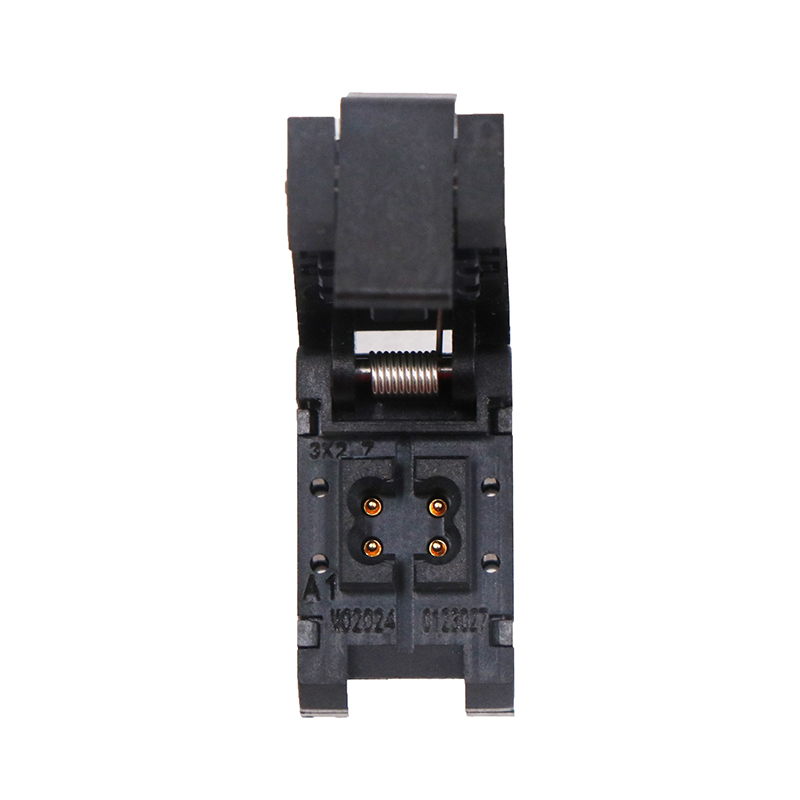Video processor devices are commonly used in high-definition digital signal processing, playing a crucial role in the transmission and conversion of high-definition video data today.

The application process of video processor devices shows that various types of video terminal media need to undergo processing by video processing devices before being presented on various display terminals (LED or LCD).
The main functions of video processor devices include picture optimization (improving image quality), signal format conversion (converting various signal formats to HDMI signal format), and control integration (preview, review, video fast-forward or slow-motion control), among others. In the complex processing of multiple video streams, a stronger digital signal processing system is required.
With the rapid development of FPGA devices, their high-speed and large-capacity programmable features have led to widespread applications. The design requirements for multi-mode and multi-format applications necessitate the use of FPGA, primarily for digital signal processing tasks. Additionally, due to the high data rate requirements of TD-LTE and FDD-LTE, DDR2 is needed as a storage medium for multi-mode signals or user data. After baseband signal generation, the signal needs to be modulated onto respective carriers through DAC conversion and broadband modulators. Furthermore, generating multi-mode and multi-format signals requires designs with different symbol rates, necessitating the use of DDS for high-resolution variable clock division. Hence, this design adopts the hardware architecture of “DDR2+FPGA+DAC+DDS+broadband modulator.”
Clock selection is vital in the entire design process, where FPGA modulation involves two signals with completely opposite phases to eliminate common-mode noise. Thus, an external crystal oscillator is typically used to achieve higher system performance. In high-speed designs, signal levels with narrow swing amplitudes, support for long-distance transmission, and low power consumption are preferred. Signal levels such as LVDS, LVPECL, CML, and HCSL possess these characteristics and are known as high-speed logic levels.

High-speed levels generally employ differential technology, with the following application characteristics:
- Strong anti-interference capability.
- Relatively weak requirements for reference level (ground plane or power plane) integrity.
- Strong suppression of crosstalk and EMI.
- Low power consumption, high speed, low jitter, and immunity to temperature and voltage fluctuations.
Crystal oscillator testing fixtures play a crucial role in verifying the performance parameters of crystal oscillators. They offer advantages such as precise testing, automation for batch testing, comprehensive evaluation of multiple parameters, integration into production lines for quality control, and flexibility in accommodating various crystal oscillator specifications. High precision, automation, comprehensive evaluation, production line integration, quality control, and flexibility are key benefits of using crystal oscillator testing fixtures in conjunction with performance testing in digital audio and related applications.
发表回复